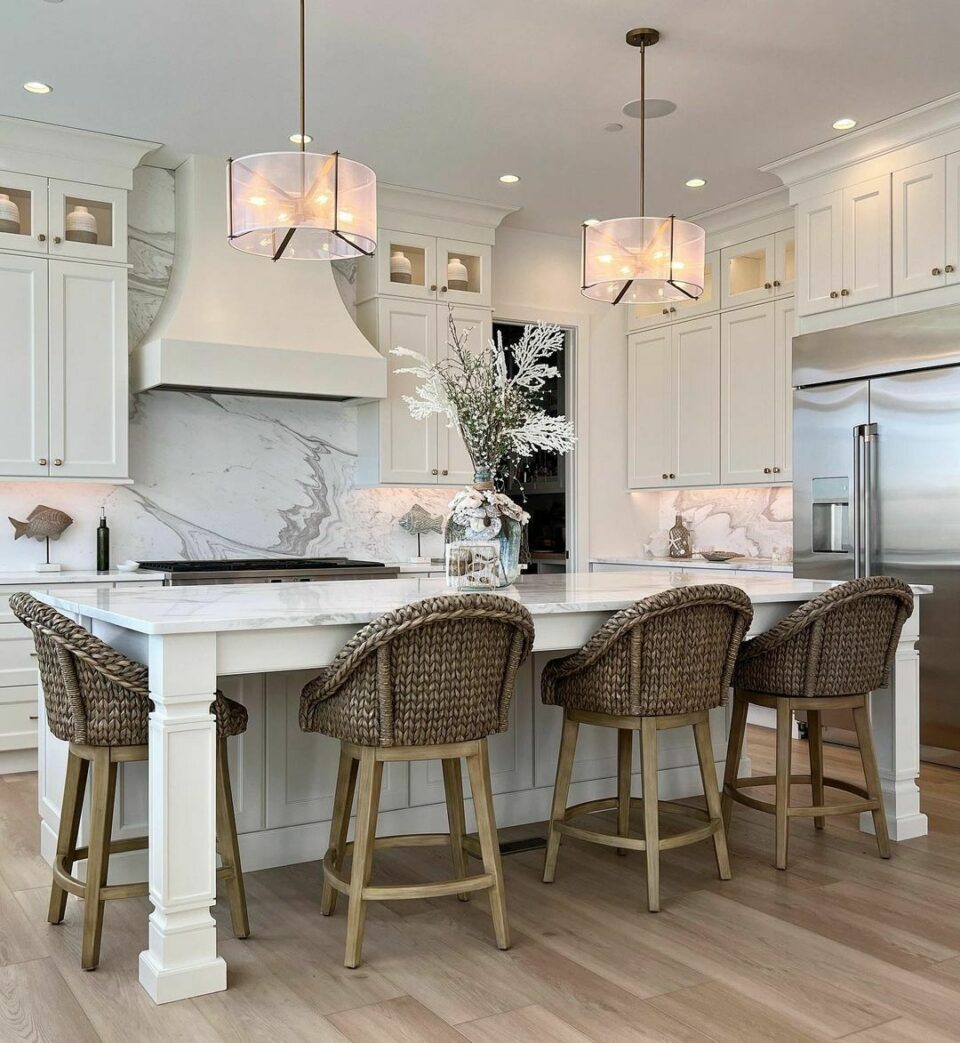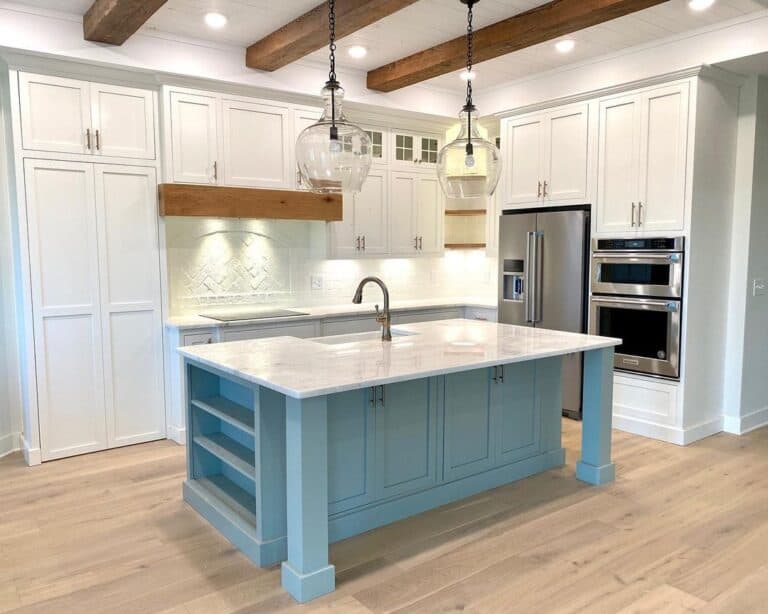Personalize Your Kitchen Look with One-of-a-kind Legs For Kitchen Island Choices
Personalize Your Kitchen Look with One-of-a-kind Legs For Kitchen Island Choices
Blog Article
A Guide to Choosing the Perfect Legs For Cooking Area Island for Your Home
Choosing the ideal legs for your kitchen area island is a nuanced decision that influences both the functionality and aesthetic appeal of this main room. Aspects such as elevation, products, and style play a critical duty in harmonizing your island with the total kitchen area style. In addition, comprehending the significance of stability and upkeep can significantly influence your selection. As you consider these elements, it comes to be noticeable that the right legs can transform not only the appearance of your kitchen area however additionally its functionality for many years to come. What certain features should you focus on in this selection procedure?

Recognizing Kitchen Island Legs
When picking legs for a cooking area island, it's necessary to recognize their aesthetic and useful duties in the overall style. The legs function as a crucial support group, guaranteeing security and longevity for the island, which often works as a work space, eating location, or gathering area. Consequently, the choice of product and building and construction method must be robust adequate to hold up against day-to-day use and possible wear.
Along with their architectural responsibilities, legs contribute substantially to the island's aesthetic charm. They can enhance the kitchen's design, whether through conventional, contemporary, or diverse layouts. The height and proportion of the legs are additionally important considerations; they need to integrate with the island's kitchen counter elevation while ensuring comfortable seating for those making use of the area.
Furthermore, the leg layout can affect the overall circulation of the cooking area. Open, ventilated leg designs can develop a sense of agility, while solid, considerable legs may convey an extra based and steady aesthetic - Legs For Kitchen Island. Understanding these practical and aesthetic aspects will lead homeowners in making informed selections that enhance their cooking area's layout and boost its usability
Popular Styles and Materials
The option of legs for a kitchen island includes a range of popular styles and materials, each offering unique qualities that can boost both functionality and aesthetic appeals. Typical legs commonly show elaborate details and workmanship, boosting timeless kitchen layouts.

Elevation and Security Factors To Consider

Security is another crucial factor to consider. The legs of the kitchen island need to supply sufficient support, making certain that the structure can endure day-to-day use without tottering or moving. Product selection plays a considerable function in security; steel legs, as an example, have a tendency to use better toughness compared to wood. In addition, making sure that the island is safely anchored to the flooring or wall can boost security, specifically for larger islands that may bear substantial weight.
Matching Your Kitchen Aesthetic
Selecting the best legs for your kitchen island goes past functionality; it additionally plays a considerable role in the general visual of the area (Legs For Kitchen Island). When picking legs, think about the design style of your cooking area.
Color is an additional crucial variable. Legs that enhance or comparison with your island's surface area and bordering cabinetry can develop visual consistency or striking centerpieces. Pairing dark timber legs with a light marble counter top can include deepness and passion. Additionally, take into consideration the finish of the legs; matte, glossy, or textured coatings can significantly affect the general feeling of the kitchen area.
Setup and Maintenance Tips
Installing cooking area island legs requires cautious attention to detail to make certain both security and visual allure. Begin by selecting an appropriate location for your island, ensuring it is degree and has enough room for motion. If you are attaching the legs to a wall surface or utilizing braces for included assistance, utilize a stud finder Click This Link to find wall studs. Mark the placement of the legs properly before exploration.
When securing the legs, make use of top quality screws and, if required, timber adhesive for added stamina. For metal legs, make sure that you are using ideal anchors and tools to avoid damages to your flooring. It is suggested to inspect for levelness after installation, making adjustments as needed to avoid wobbling.
Maintenance is just as important for longevity - Legs For Kitchen Island. Frequently inspect the legs for any type of indicators of wear or helping to loosen, specifically in high-traffic locations. Tidy the legs with an appropriate cleaner, preventing abrasive materials that may scrape the surface. For wooden legs, consider using a timber conditioner periodically to keep their surface. By adhering to these installation and maintenance suggestions, you can guarantee that your kitchen area island legs remain both visually attractive and practical.
Final Thought
In conclusion, picking the proper legs for a cooking area island demands mindful factor to consider of height, security, and aesthetic compatibility. By picking appropriate materials and styles that align with the general click to read kitchen area layout, capability can be improved while preserving aesthetic appeal. Proper installment and recurring upkeep additionally contribute to the durability and long life of the kitchen island. Inevitably, thoughtful leg option plays an important role in raising both the usefulness and layout of the kitchen space.
When selecting legs for a cooking area island, it's important to understand their practical and visual find out here roles in the total style. Open, ventilated leg designs can produce a feeling of agility, while solid, considerable legs may communicate a more based and secure aesthetic. The legs of the kitchen island must offer appropriate assistance, making sure that the framework can stand up to everyday use without wobbling or moving.Installing cooking area island legs requires cautious attention to information to make sure both security and aesthetic appeal.In verdict, choosing the suitable legs for a kitchen island requires careful consideration of height, security, and visual compatibility.
Report this page